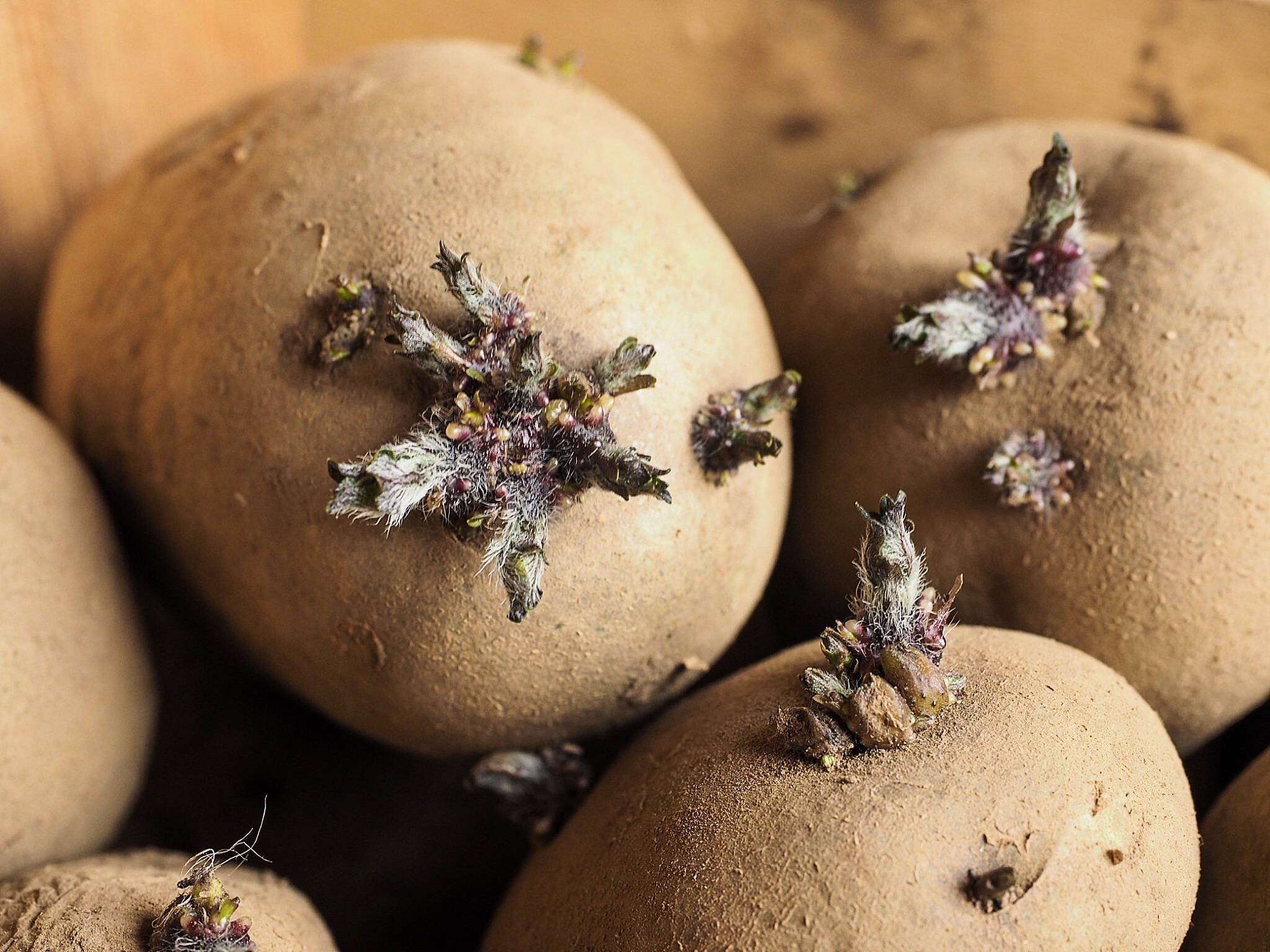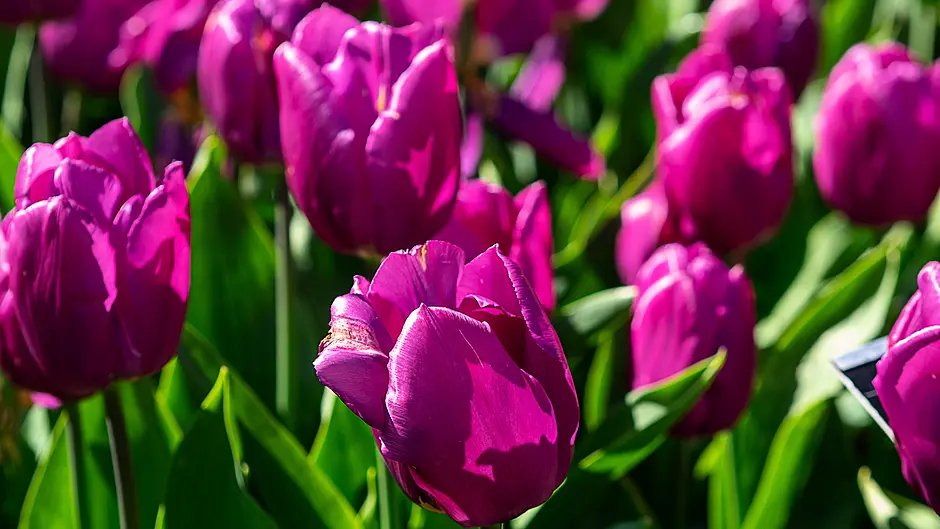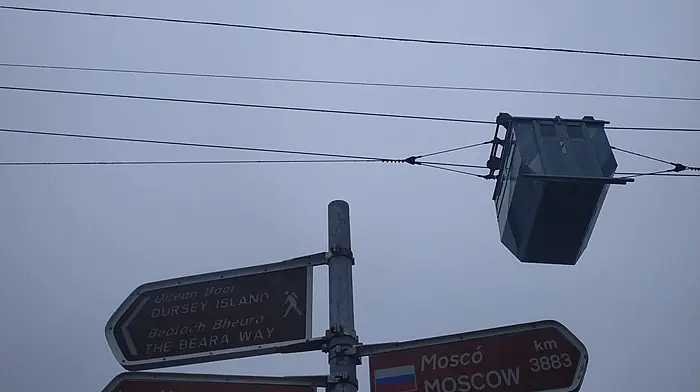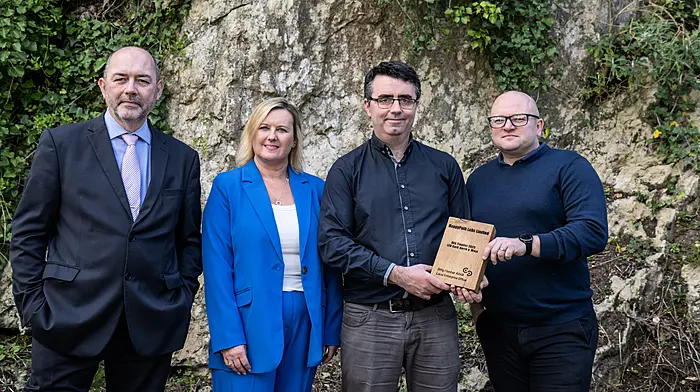
WHILE I am writing this, the weather is cold and dry.
By the time you read it, it will probably be warm and wet.
March can bring many twists and turns weather-wise and things don’t really settle down for a few more weeks.
Even so, one thing is sure – the garden is awake and pushing out growth in an unstoppable way.
There’s a flush of green emerging, as leaf and flower buds open on trees and shrubs, shoots push upwards in flower borders and grass is heading towards a first mow (do try to hold off and give some bright early bee-friendly flowers a chance).
And then there is the burst of brilliant bulbs bringing bold colours into the mix.
Enjoy the work of planting and sowing that March can bring.
And remember to take time to note all the wonderful growing things that create some of the magical moments of spring.
Visit a public garden
Magnolia, camellia, and some rhododendron bushes are in flower.
Ornamental plum and cherry are flowering too.
I live up in the mountains where some of these take a little longer, so it’s always a delight to visit a mature garden and enjoy some significant bursts of early blossom.
Then there are the tulip beds! Tulips really come into their own when they are grown in numbers much larger than in an average garden.
Look for formal gardens with large tulip beds.
You will see an exciting range of colours and colour patterns.
Some gardens are free to the public and others ask for a small fee.
 Potatoes ready to plant. (Photo: Ben Russell)
Potatoes ready to plant. (Photo: Ben Russell)
Get planting potatoes!
If the soil is dry enough and not too cold, then this is the moment to get some early, or second early, potatoes into the ground.
You can plant maincrop varieties too – this is usually done in April when the ground has warmed more, but early planting means a bigger bulk of potatoes can grow before blight becomes a problem.
If you are growing organic potatoes, then an early start can be a big help, but you do have to protect any emerging leaves from late frosts.
Choose your potato bed with care. If it’s a wet spot then grow in raised ridges, so the soil drains.
If it’s a dry part of the garden then make sure there is a water source near at hand and work out how to hold moisture in the soil in hot weather, by applying mulch.
Don’t plant potatoes in the same bed each year and avoid any place where a disease has taken hold in the previous three years.
Make sure to dig out any rogue plants that emerge from undug potatoes in last year’s bed – these can carry disease into a new crop.
I like to grow potatoes in a layer of garden compost. If I have fresh seaweed, I add that to the rows; if not, then I use a powdered seaweed instead (try Fruit Hill Farm for large bags of this).
I cover rows with crop cover for a few weeks – this means I don’t have to worry whenever there might be a frost.
 Try growing a few red onions as well as white ones. (Photo: Ben Russell)
Try growing a few red onions as well as white ones. (Photo: Ben Russell)
And if you like onions…
Now is the time to plant onion sets. I usually buy quite large ones, but this year they all seem to be small.
It doesn’t matter much and they will grow, just not into as big a bulb. You get lots of small sets in a bag.
Sort through them and pick out the best ones until you have as many as you want.
Avoid any that are soft, mouldy, or have already pushed out a long sprout.
Avoid really tiny ones too, unless you want to grow onions for pickling.
Onion sets can be planted quite close. Aim for 10cm between them, or 15cm if you want larger bulbs.
The wider spacing is safer if you have any chance of white-rot spores in the ground.
The closer bulbs grow, the easier it is for spores to spread from plant to plant.
Push the sets into the ground until the tips are covered and cover the bed with bird-proof net until the shoots are well up.
Birds will pluck out newly planted onions if they can see the brown tips – maybe they think they are worms.
Potting on
Small seedlings don’t like to be crowded in pots. Brussels sprouts, leeks, cabbages etc can be pricked out and put at a wider spacing in a larger container.
Allow plenty of room for root growth – young plants will stay in these containers until they are ready to plant out in their final growing position.
Some things to sow now
Courgettes, cucumbers, peas, broad beans, early carrots, parsnips, beetroot, spinach, cabbages, lettuce, salad leaves, and many annual flowers can be sown now.
Check seed packets for specific instructions and sowing times.








